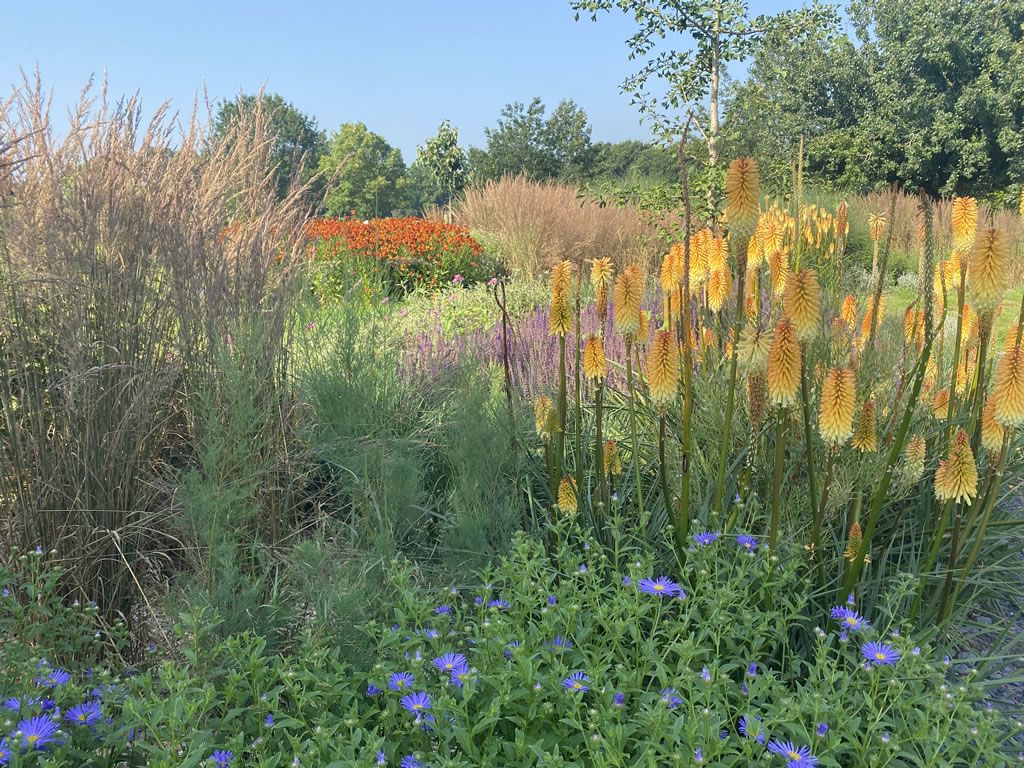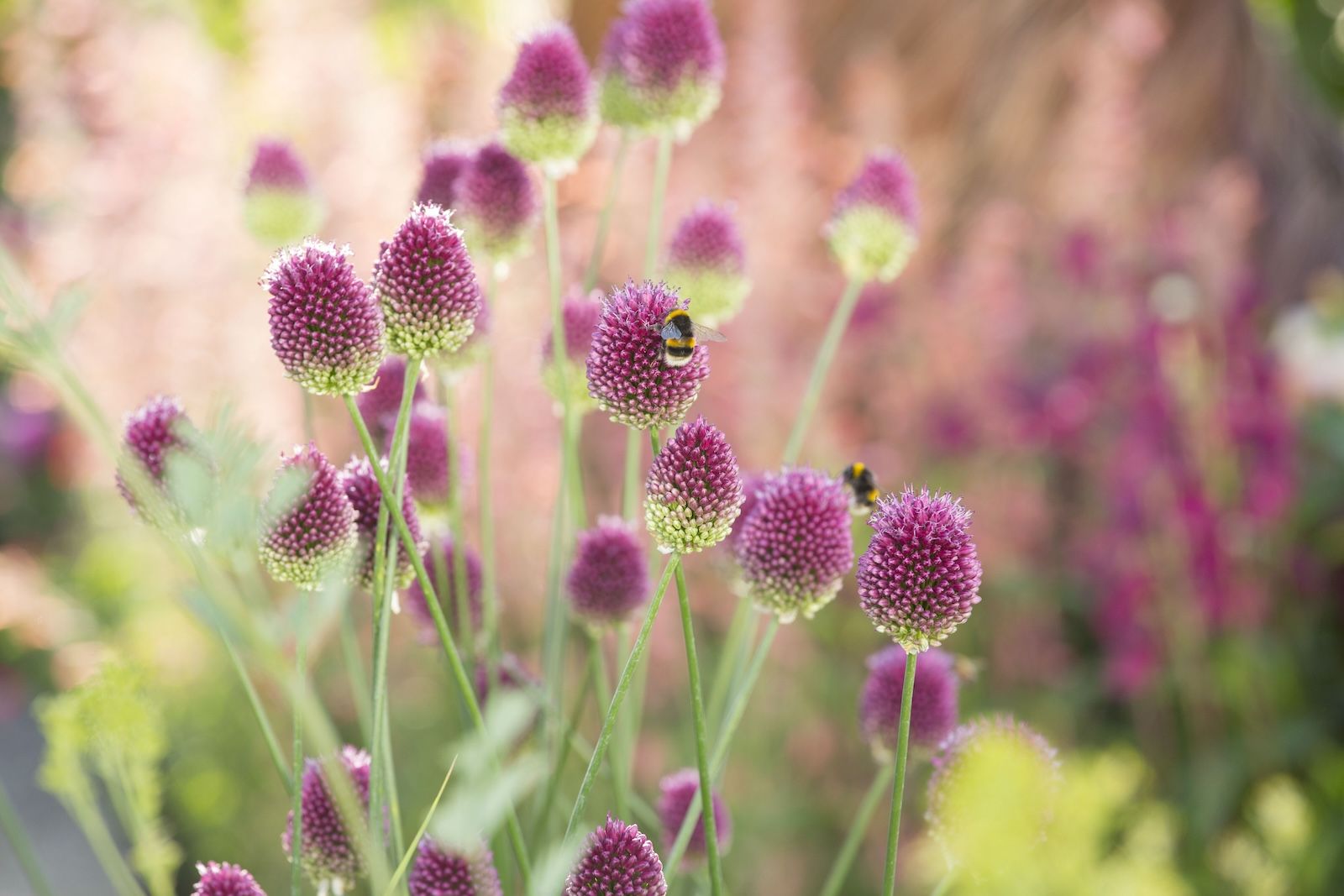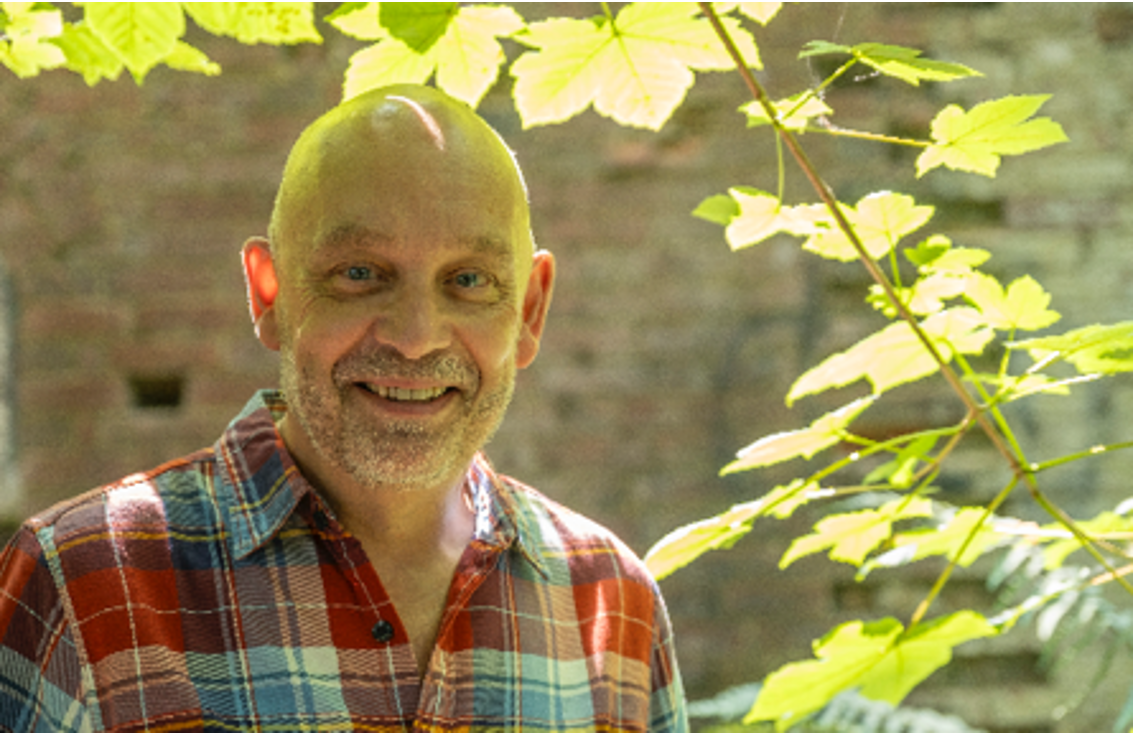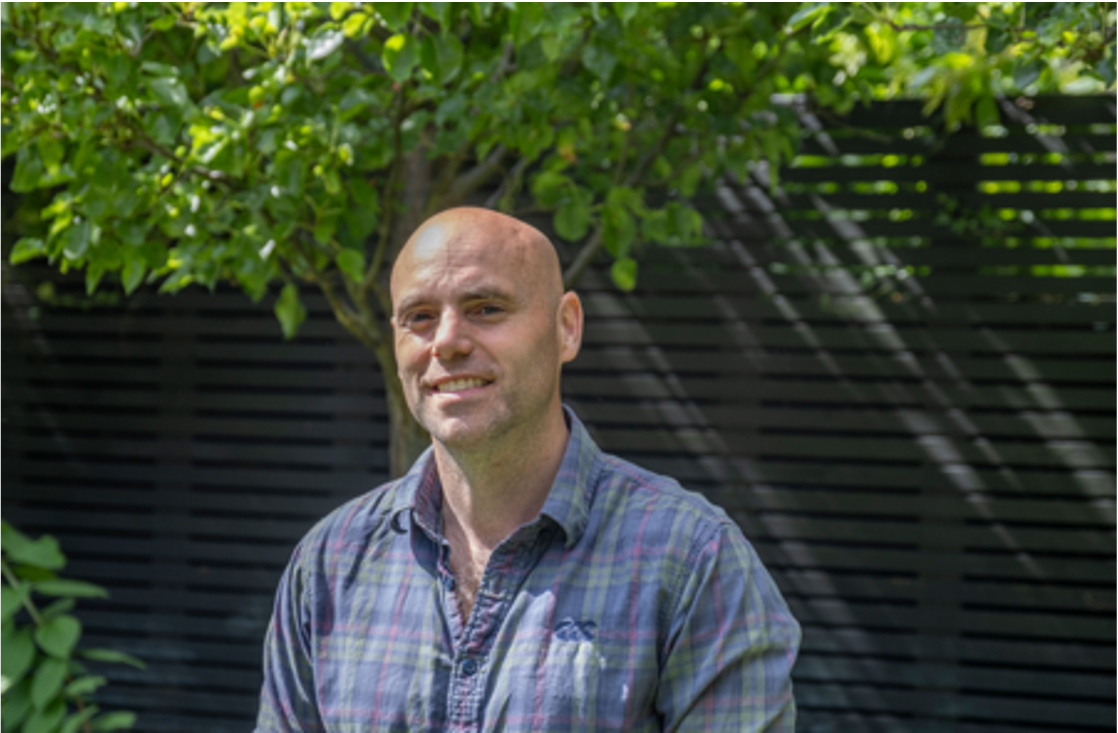At Fisher Tomlin & Bowyer we aim to balance landscape and architectural identity with the lifestyles of our clients through the garden design and the craft of gardening.
We have been designing new gardens for over 30 years and whilst we are often recognised for traditional residential gardens in London we are also involved in a wide range of publicly accessible landscape design projects such as public parks, schools and hospices across the UK and beyond.
We work collaboratively introducing experts in their field where they are most needed, some we have worked alongside for over 30 years but we also keen to support up and coming professionals with new thinking and expertise.
Design is a journey of discovery and before we develop and detail a new garden or landscape we will always spend the time to understand the needs of our clients and how they interact with the environment in which they find themselves. As we experience the effects of a changing climate the residential gardens that we design will need to be sensitive to their own micro-environments, resilient and changing with the needs of their owner. Our public spaces often present us with opportunities for improving the biodiversity and ecology of much wider landscapes and ecosystems, engaging visitors through plants.
Recognition for our work
Like many garden designers in the UK we have won Royal Horticultural Society medals including RHS Gold and ‘Best in Show’ Awards in 2014, 2016 and 2017 for show gardens both in the UK and internationally. However, unlike most other designers we have also been recognised in the UK and internationally with over 40 awards for real gardens and landscapes for real customers. Recent awards include:
- Jardins de la paix – Hut-de-France 2018 Jury selection
- RHS Hampton Court Palace Flower Show 2017 Gold medal and Best Construction Award
- London in Bloom ‘Exceptional’ Award for Warren House, Coombe Wood
- RHS Chelsea Flower Show Product of the Year 2016 finalist with Oxford Planters
- RHS Hampton Court Palace Flower Show 2016 Gold medal & Summer Gardens Best in Show
- RHS ‘Outstanding Neighbourhood Award’ in Britain in Bloom with Blind Veterans UK Llandudno 2015 and 2016
- ‘Best Luxury House’ at the What House? Awards with Q Developments
- Build Architecture Awards ‘Garden Designers of the Year London’
We don’t list all our awards as our focus is always on our current projects but we are happy to share them with you if you would like to know more.

Collaboration
We are very used to collaborating with other disciplines such as architects, landscape architects and people in other creative industries including The Victoria & Albert Museum; the Design Museum; Oxford Planters and the Design and Advertising Awards. We have also assisted on the master planning of projects outside of the UK in Australia and in the Caribbean.
Collaborations between garden designers and other craftspeople require an open and trusting relationship to be formed so that all parties can benefit and exceed the potential of each individual party.
We are keen to explore new ideas and materials for example, a collaboration with Oxford Planters on a new furniture collection, designed with sustainability in mind, here pictured at Hampton Court Palace in Surrey. The new collection uses Accoya® and Medite®Tricoya®Extreme, new naturally modified timbers that are guaranteed for up to 50 years. From a practical viewpoint the planters have been styled with a studded copper band which will repel slugs and snails.
If you have an idea for a collaboration please contact us.
Responsibility
It is important to us that with many years of garden design and horticultural experience that we also contribute our services on a voluntary basis to projects that wouldn’t ordinarily be able to afford them. We currently work with the following organisations but please contact us if you have a project that might benefit from our experience.


Sustainability Statement
As we face an uncertain future with a changing climate, as garden designers and horticulturists we are uniquely placed to act in a favourable way to the challenges that we face. At Fisher Tomlin & Bowyer we are committed to improving the way that we work and the outcomes that we can influence through our work.
The drivers for sustainable development are economic well-being, social equity, cultural preservation and environmental protection. Whilst our main impact can be in the last of these drivers we also have a role to play with our work in other areas especially social equity where we support organisations such as Blind Veterans UK, Veterans’ Growth and Greenfingers with our expertise.
In our work we commit to the following key challenges.
- Energy input
To minimise energy input by designing to minimise materials, informed plant selection and reducing maintenance that requires machinery. We aim to source from suppliers that aim not to use chemicals to treat pests and diseases and have programmes to balance inputs such as fertilisers and water. In our projects we will encourage on-site treatment of green waste. - Soil
Soil is a finite resource and so we will aim to make choices that improve our soil and reduce the need for both removal off site or the import of new soil to a site. - Water
We aim to design landscapes that minimise the requirements for high water inputs, above that which naturally occurs in the particular region we are working in. This may be achieved via plant species choices, microclimate design, mulches, water recycling etc. - Biodiversity
To design landscapes that maximize opportunities for biodiversity at all levels. This includes attracting wildlife, maintaining complex ecosystems, companion planting, recognizing the links between the elements of the garden and the organisms that inhabit it, encouraging nature and wildlife. - Maximising vegetative biomass
To design landscapes that maximize vegetative biomass to support carbon stabilization. And we aim for permanent vegetation, not material that must be constantly pruned or mown heavily, or seasonally replanted. - Opportunity for food production
To design landscapes that maximizes the opportunity for the growth of produce and other useful materials including composting and on-site green waste recycling. - Minimising impact on native habitats
To design landscapes that minimizes the risk of weed-escapees moving into native habitats. - Minimising use of resources that have a negative impact at source
To design landscapes that minimizes or eliminates the use of materials that disrupt, destroy, pollute or damage natural systems/communities where they are sourced and to choose locally sourced (bulk) materials to reduce product miles, where possible. - Minimising risk of disruption, pollution or interference to other systems
To design a landscape that minimizes the risk of disruption, pollution or interference to other systems. - Creating resilient designs that can cope with and respond to climate change
In particular to design with plants that can resist the changes we are experiencing in climate change and to give thought to longevity in the selection of materials.







